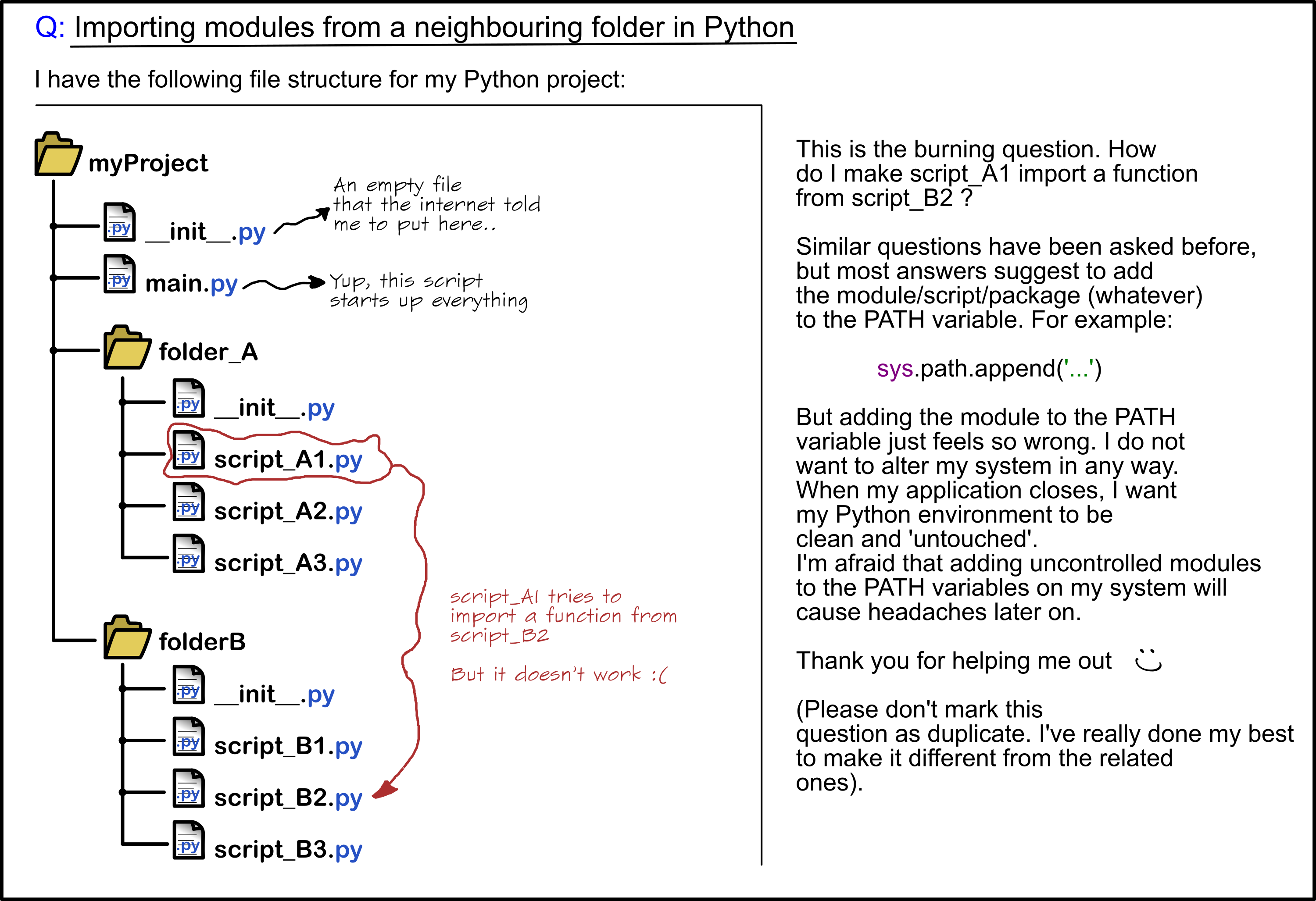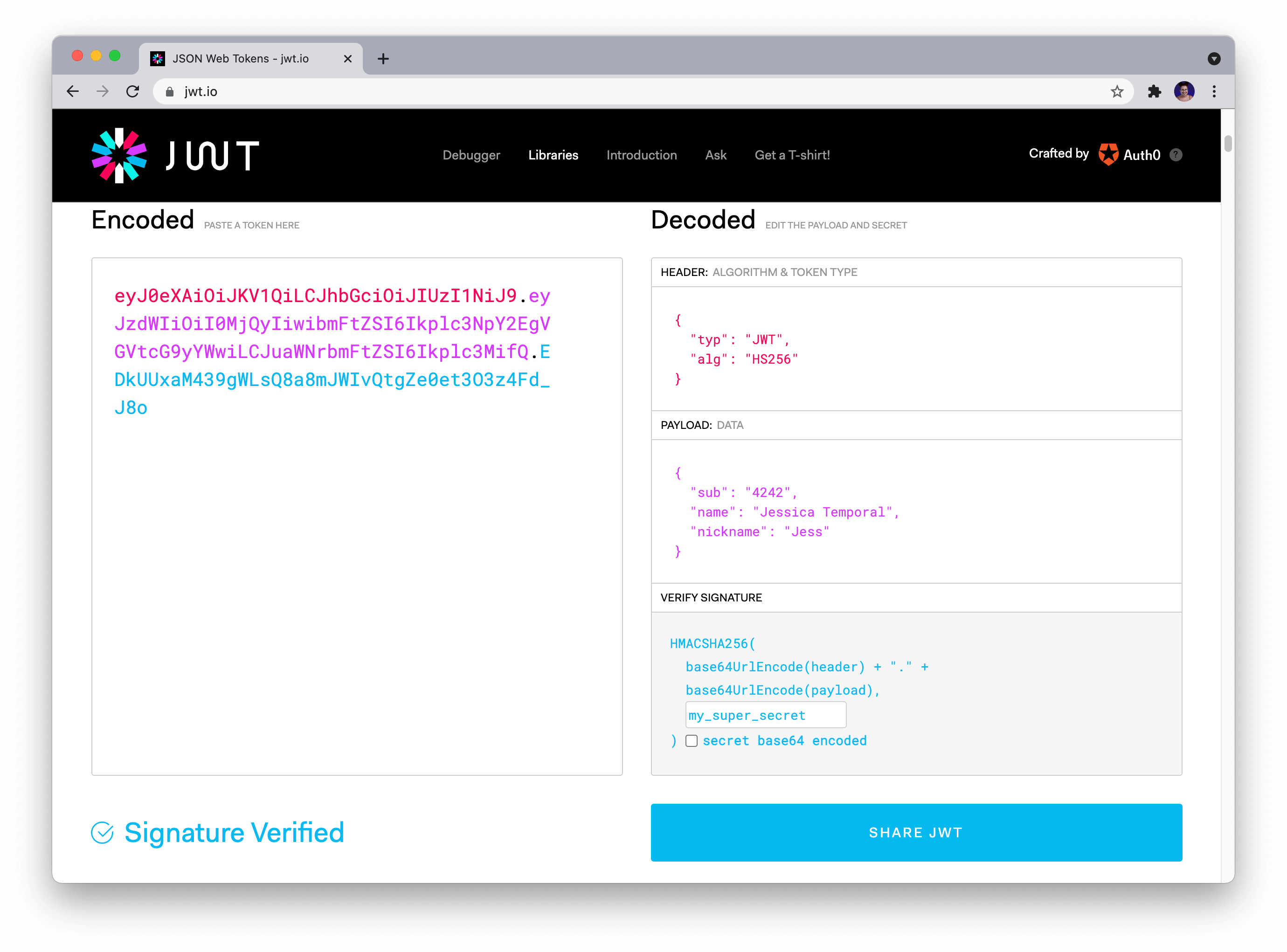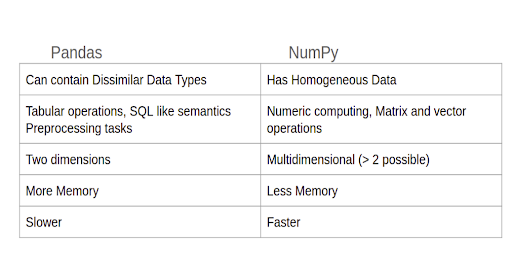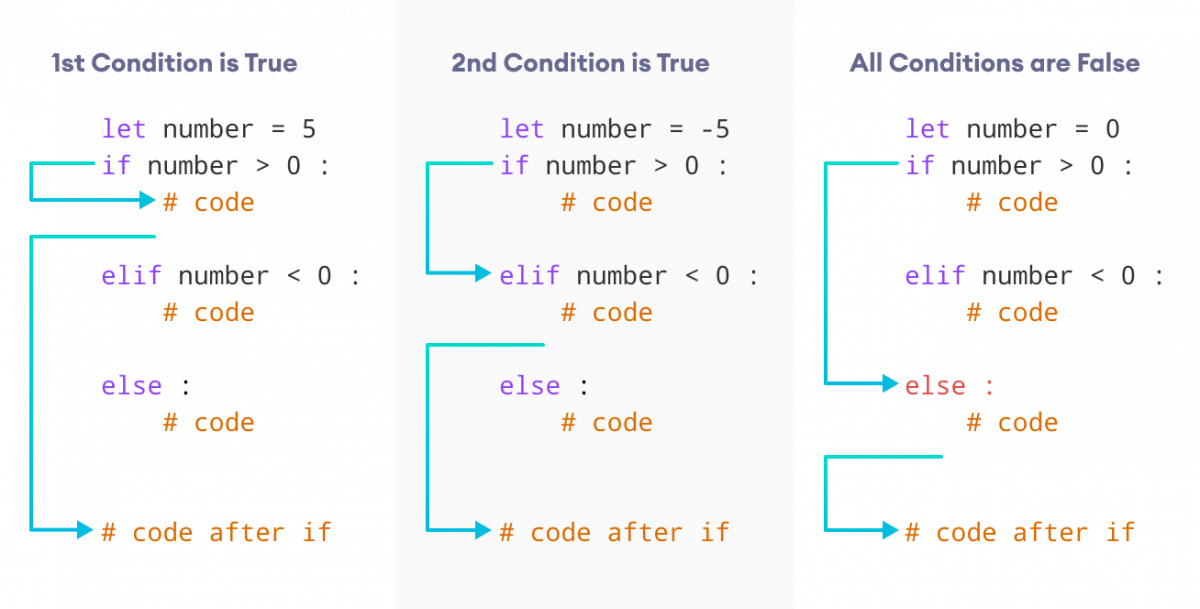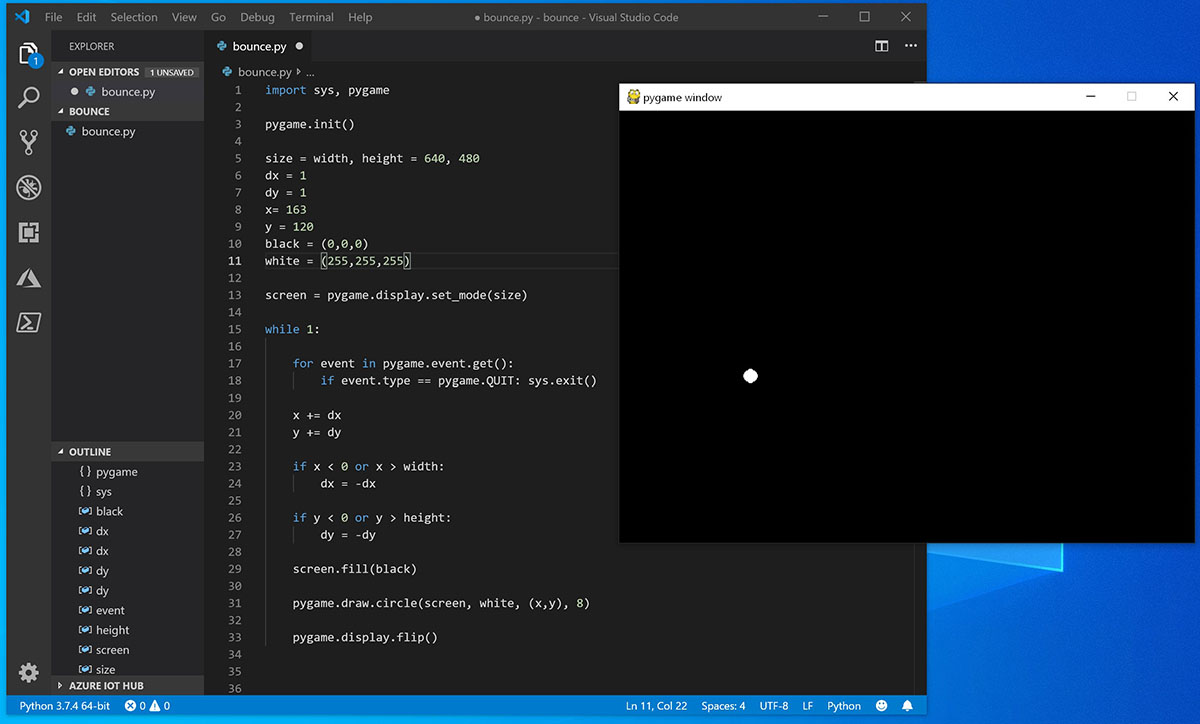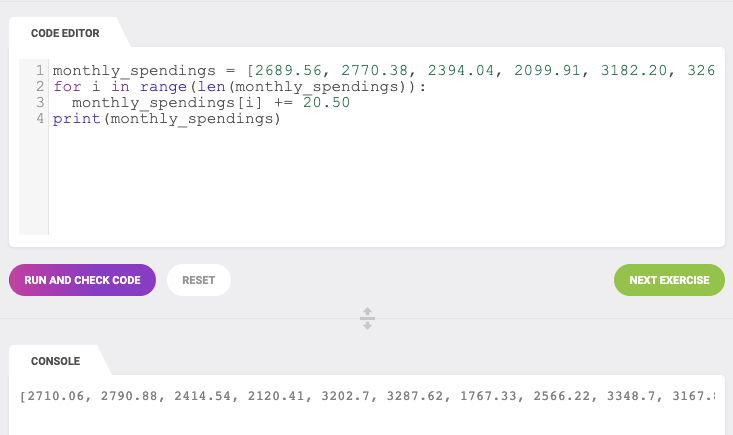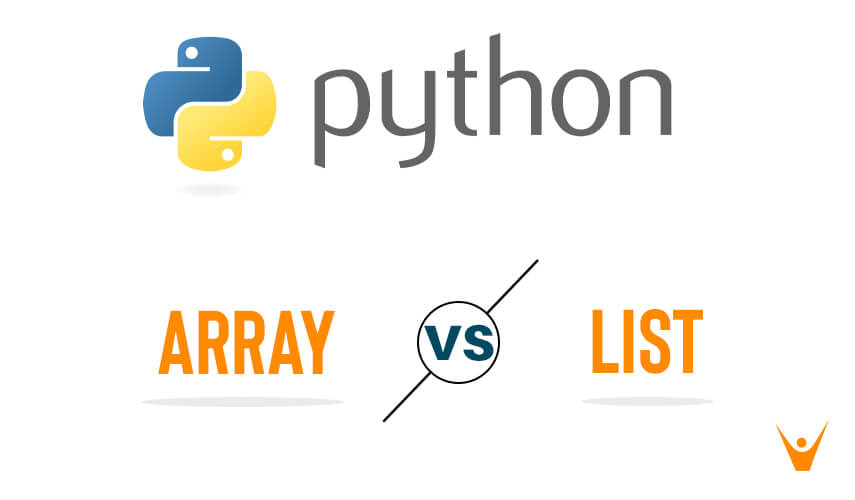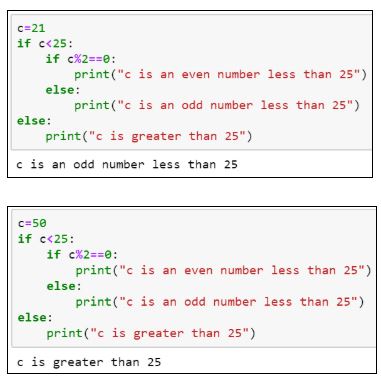Python import module
Python import module
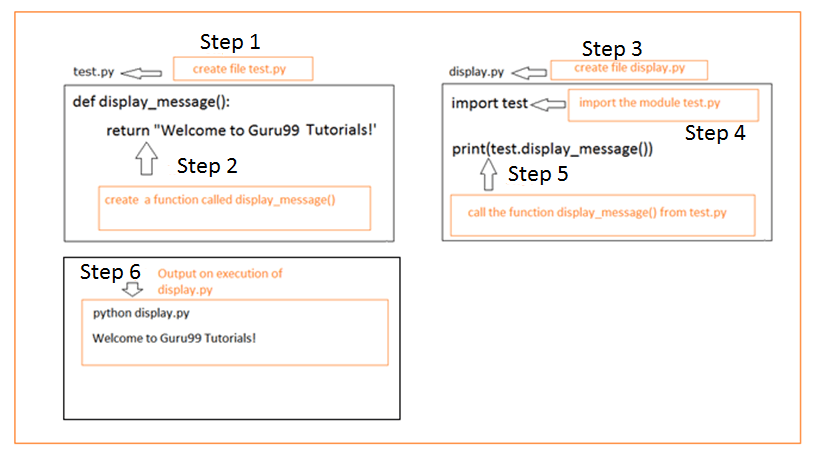
I'm happy to help! Here are some responses:
What is the purpose of importing a module in Python?
In Python, importing a module allows you to use its functions, classes, and variables in your own program. When you import a module, Python loads the module's code into memory and makes its contents available for use.
How do I import a module in Python?
To import a module in Python, you can use the import statement followed by the name of the module you want to import. For example:
import math
This imports the entire math module. If you only need to use one or two specific functions or classes from the module, you can also use the from keyword followed by the name of the module and the names of the specific items you want to import. For example:
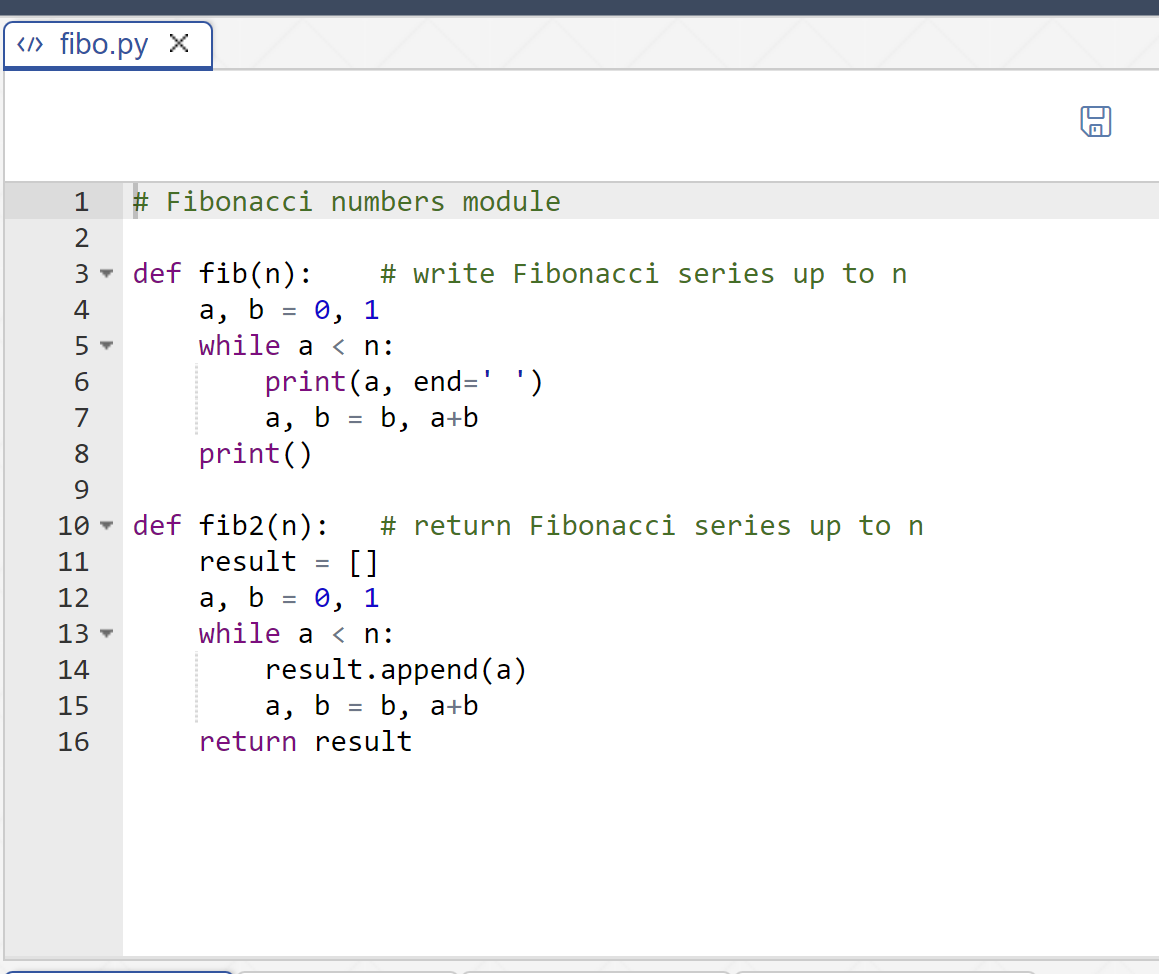
from math import sin, cos
This imports the sin and cos functions from the math module.
What is a built-in module in Python?
A built-in module in Python is a module that comes pre-installed with Python and does not need to be installed separately. Examples of built-in modules include:
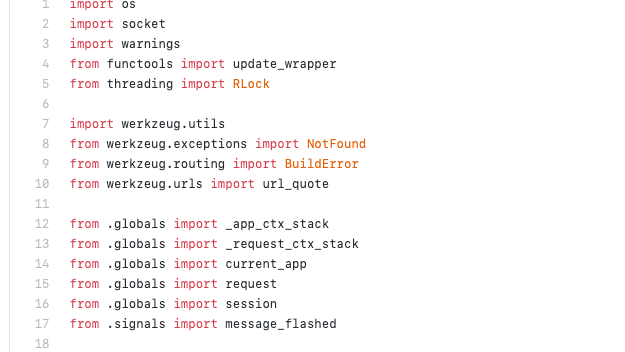
math statistics random
These modules provide useful functions and classes for performing common tasks, such as mathematical operations or generating random numbers.
What are some popular external modules in Python?
External modules in Python are packages that you can install using the pip package manager. Some popular examples include:
pandas: a library for working with structured data NumPy: a library for numerical computing scikit-learn: a library for machine learning
These modules provide powerful tools for data analysis, scientific computing, and machine learning.
How do I install an external module in Python?
To install an external module in Python, you can use the pip package manager. For example:
pip install pandas
This installs the pandas library and its dependencies. Once installed, you can import the module in your Python program.
What are some best practices for importing modules in Python?
When importing modules in Python, it's a good idea to:
Keep your imports concise: only import what you need Avoid using wildcards (*) when importing from a module Use import statements instead of from statements whenever possible
By following these best practices, you can keep your code organized and maintainable.
What are some common pitfalls to avoid when importing modules in Python?
Some common pitfalls to avoid when importing modules in Python include:
Not using the correct module name: make sure you spell the module name correctly Importing modules with conflicting names: use unique names for your modules Importing modules from the wrong location: use absolute import paths instead of relative onesBy avoiding these common pitfalls, you can reduce errors and improve code quality.
I hope this helps! Let me know if you have any further questions.
Python import file
I'm happy to respond in English for this special request! Here's a detailed explanation of how to use Python to import files:
What is Importing in Python?
In Python, importing refers to the process of bringing external modules or files into your current script or project. This allows you to utilize pre-written code, functions, and variables from these imported files within your own Python program.
Why Do We Need Importing?
Imagine you're working on a Python project that requires you to perform complex mathematical calculations. Instead of writing the entire calculation logic yourself, you can import a pre-existing library like math or numpy, which already contains the necessary functions and formulas. This saves you time and effort, as well as helps prevent code duplication.
How to Import Files in Python
There are several ways to import files in Python:
Importing Built-in Modules: Python comes with many built-in modules that you can use without having to download any additional files. For example: import math
print(math.pi)
requests for HTTP requests and pandas for data manipulation.
import pandas as pd
print(pd.read_csv("data.csv"))
import statement.
For example, let's say you have a file called my_utility_module.py with some useful functions:
# my_utility_module.py
def add_numbers(a, b):
return a + b
def multiply_numbers(a, b):
return a * b
To import this module in your main script, you would use the following code:
import my_utility_module
print(my_utility_module.add_numbers(2, 3))
For example:
from my_utility_module import add_numbers
print(add_numbers(2, 3))
*) to import all functions, classes, or variables from a module at once.
from my_utility_module import *
print(my_utility_module.add_numbers(2, 3)) # This would work
Best Practices for Importing Files
When importing files in Python, remember the following best practices:
Only import what you need: Avoid importing entire modules or libraries unless you really need to use their functions or variables. Use wildcard imports judiciously: While wildcard imports can be convenient, they can also lead to name conflicts and make your code harder to debug. Use them sparingly and only when you're sure there won't be any naming issues. Document your imports: Make sure to include comments in your code explaining why you're importing a particular module or file. This helps others understand your code better.I hope this detailed explanation has helped you understand how to import files in Python!
